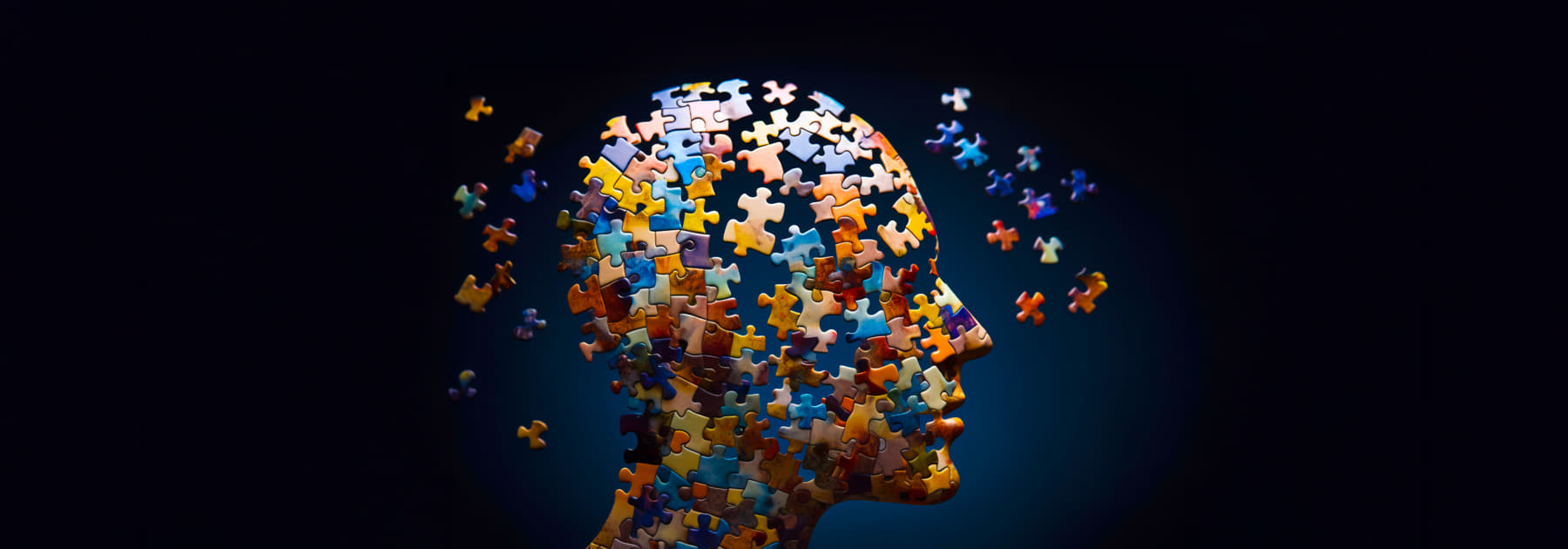
A recent study from Forrester Research highlights the use of video within an organization’s email marketing campaign.
The 4-page report says that 71% of adult web visitors will watch online video streams this year. In addition, the number of available video streams is set to double in the next five years. More importantly, the report concludes that using video in your email marketing can increase the likelihood of your intended audience to click on a link to find out more – by two to three times.
Video In Your Emails
Incorporating video into emails has only become possible in the last few years, yet a JupiterResearch/ClickZ survey from last year found that 9% are currently using video within their email marketing strategy, and another 21% plan on including video in the next 12 months.
Integrating video into your sales and marketing messaging, collateral and customer engagement activities is taking on ever-greater importance. Video captivates audience attention far better than text and/or images alone, and also helps differentiate your company.
Video doesn’t just have to mean embedding a YouTube video in your MailChimp, Drip, or InfusionSoft campaigns. There’s more to moving pictures than video.
For example, in our own experience we’ve found that using an animated GIF header image, rather than a conventional still image, increases the chances of the reader engaging with the email by as much as 70%.
Creating animated GIFs is a lot easier and less time-consuming than shooting and editing live-action video. For many small businesses just starting out in email marketing, dabbling with animated GIFs is a quick and easy way of increasing the campaign effectiveness.
Video Or Not, You Still Have to Have Something To Say
However, just like any form of direct marketing, video newsletters need to be carefully planned and developed. Just as with text, the video needs to be relevant, entertaining and interesting.
Using video for the sake of it, and your readers aren’t going to thank you for wasting their time. Fool me once, and all that.
Any direct and/or unrequested business communication needs to be perceived as providing some kind of value to its recipient. Otherwise it’s seen as spam. And with the current push-back on unsolicited customer communications, targeted advertising, privacy, and the introduction of GDPR, businesses need to be a lot more considered and strategic in their communications approach.
Adding video can increase the complexity of communication of the message. Many people won’t play the video, so the supporting text and images must not only convince and entice. They must also communicate the message contained in the video for those who just, for whatever reason, aren’t up for watching the video.
Then there’s the video itself. The information needs to capture your audience’s attention from the very first second, and maintain that momentum right to the end. Speaking of the end, don’t make it too far away from the beginning! The video should be short, sharp and to the point. Try to say too much, too soon, and many people will leave. If your message/value proposition is complex, it’s better to have 2 versions of the video – one as a teaser for the email, and another more detailed video on the destination landing page.
Just because the players have changed, it doesn’t mean that the game is played any differently.
ABOUT THE AUTHOR

Gee Ranasinha is CEO and founder of KEXINO. He's been a marketer since the days of 56K modems and AOL CDs, and lectures on marketing and behavioral economics at two European business schools. An international speaker at various conferences and events, Gee was noted as one of the top 100 global business influencers by sage.com (those wonderful people who make financial software).
Originally from London, today Gee lives in a world of his own in Strasbourg, France, tolerated by his wife and teenage son.
Find out more about Gee at kexino.com/gee-ranasinha. Follow him on on LinkedIn at linkedin.com/in/ranasinha or Instagram at instagram.com/wearekexino.
Recent articles:
How Behavioral Science Thinking Improves Marketing Effectiveness

Dark Social: The Hidden Conversations Marketers Can’t See

Marketing In A Recession: How To Weather The Storm

How To Convince A Marketing Skeptic

Privacy Protection: Why Ad Tracking Must End

Marketing Isn’t About Being Brave: It’s About Being Effective

